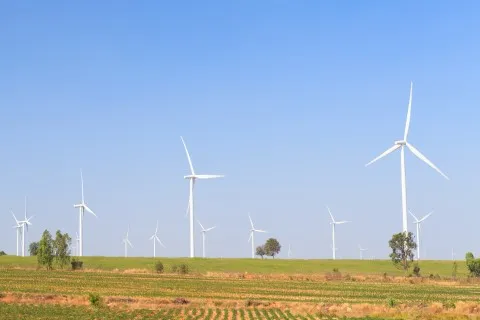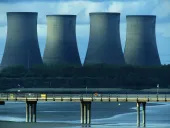
Construction finally kicks off for $80m wind power project in Vietnam
Singapore-based The Blue Circle is building the 40MW plant with other partners.
The plant will be using the largest turbines ever to be installed in the country. Singapore-based renewable energy developer The Blue Circle and a Vietnamese partner started construction on an $80 million wind power plant in Vietnam's south-central province of Ninh Thuan on Friday.
The Blue Circle, one of Southeast Asia's leading wind energy developers, is building the 40-megawatt Dam Nai plant with Vietnamese firm TSV Company, VietnamPlus reported. Ninh Thuan is 350 kilometers (220 miles) northeast of Ho Chi Minh City.
Electricity will be sold to power monopoly Vietnam Electricity following an agreement reached in 2016, the report said.
View the full article here.



















 Advertise
Advertise







